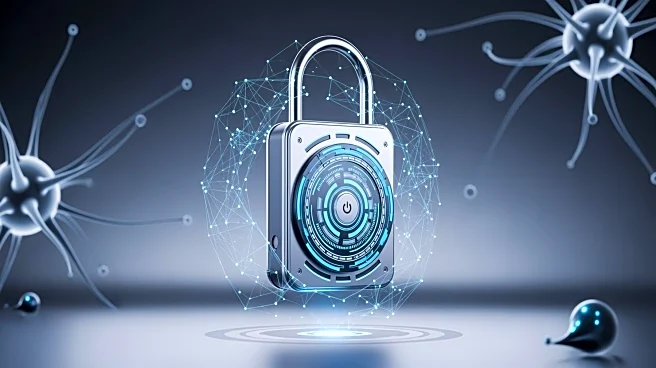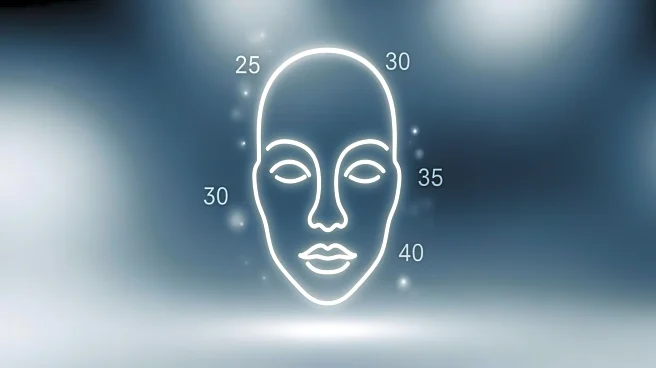What's Happening?
A recent study has introduced a novel method for modifying video recordings to protect cardiac privacy while maintaining video quality. The method involves applying a frame-wise sinusoidal modulation to the green channel of video frames, effectively obscuring
remote photoplethysmography (rPPG) signals without complex optimization or training processes. This approach is designed to address privacy concerns by preventing the leakage of physiological information during video transfers. The study compares this method with existing techniques, demonstrating its effectiveness in masking rPPG signals while preserving video fidelity. The research utilizes RSA encryption to securely transfer modified videos, ensuring that only authorized recipients can decrypt and access the original physiological data.
Why It's Important?
The development of this method is significant as it addresses growing concerns over privacy in video recordings, particularly in medical and personal data contexts. By effectively masking rPPG signals, the method prevents unauthorized access to sensitive physiological information, which could be exploited for identity theft or other malicious purposes. This advancement is crucial for industries relying on video data, such as telemedicine and remote monitoring, where patient privacy is paramount. Additionally, the method's simplicity and efficiency make it accessible for widespread implementation, potentially setting new standards for privacy protection in video technology.
What's Next?
The research team plans to further refine the method and explore its application in various video recording scenarios, including live streaming and real-time monitoring. Future studies may focus on enhancing the method's robustness against advanced decryption techniques and expanding its use in different video formats. Stakeholders in healthcare and technology sectors are likely to monitor these developments closely, considering potential integration into existing systems to enhance privacy measures. Regulatory bodies may also evaluate the method's compliance with privacy laws and standards, influencing its adoption across industries.
Beyond the Headlines
Beyond its immediate application, this method could influence broader discussions on digital privacy and data protection. As video technology becomes increasingly integrated into daily life, the ethical implications of data privacy and security are gaining attention. This research highlights the need for innovative solutions to safeguard personal information, potentially driving policy changes and encouraging further technological advancements in privacy protection. The method's focus on simplicity and efficiency may inspire similar approaches in other areas of digital security, fostering a culture of privacy-conscious innovation.













